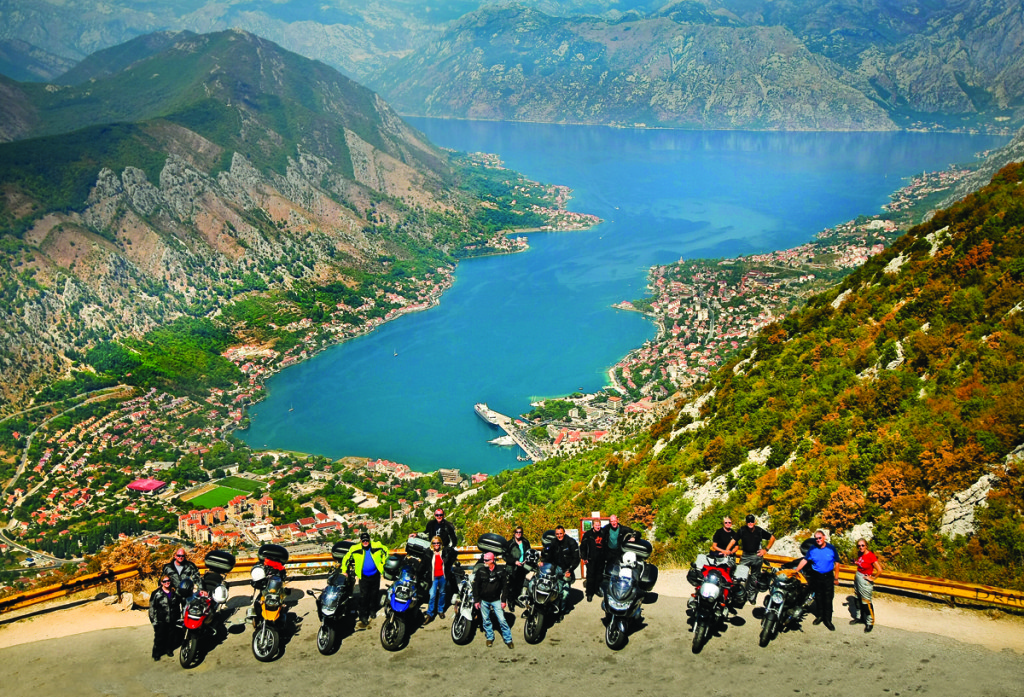
The Balkans. Not usually the first place that comes to mind when planning a motorcycle trip. When tasked with reviewing Adriatic Motorcycle Tours’ 15-day, four-country Beautiful Balkans Adventure, I had few preconceived notions about the region. As it turns out, vast forests, deep canyons, rugged mountains and rocky coastlines dotted with scenic islands, plus historic cities, minimal traffic and a Mediterranean climate, make the Balkans the perfect, off-the-radar motorcycle destination.
Spanning a 212,000-square-mile peninsula bordered by the Adriatic, Mediterranean and Black seas, the Balkans includes 12 countries and has more than 50 million inhabitants. As a corridor between Europe and Asia, it has been a religious, cultural and political crossroads for millennia. “Balkanization” refers to the fragmentation of a region into smaller, often hostile sub-regions, which happened repeatedly in the Balkans following the collapse of many empires, from Roman to Russian. Nationalistic tensions boiled over during the 1991-1995 Yugoslav Wars, resulting in the creation of seven sovereign republics, including four we visited on this tour: Slovenia, Croatia, Bosnia and Herzegovina, and Montenegro.
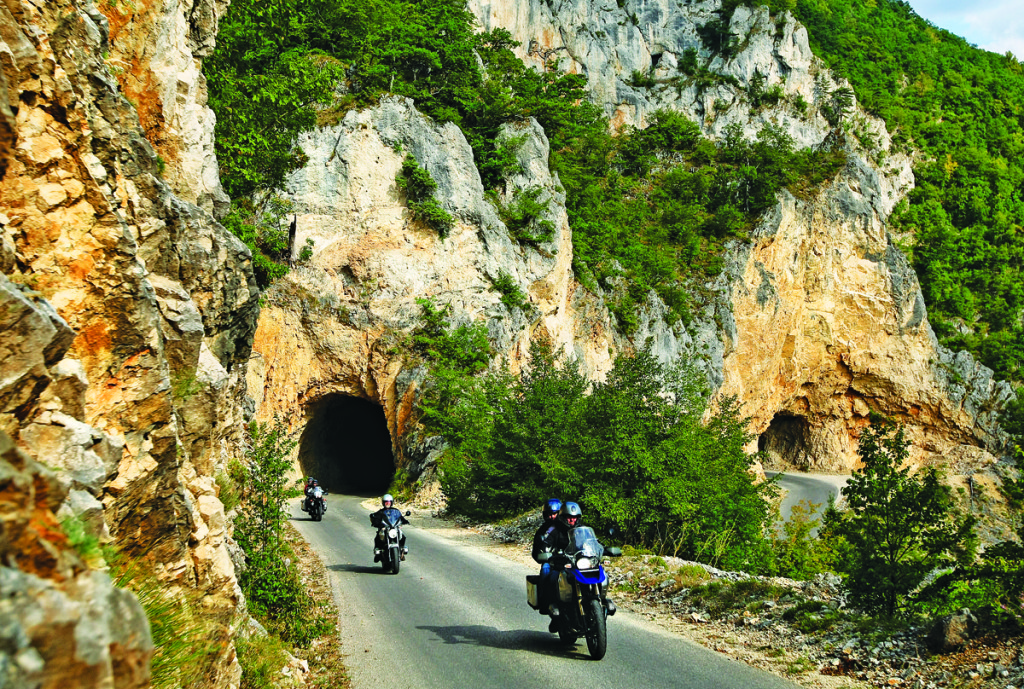
Prior to arriving in Ljubljana, the capital of Slovenia and headquarters of AMT, we received a detailed tour book and large map highlighting the entire route. We arrived a day early to shake off the jet lag and tour the charming, Baroque-style city. Our tour group consisted of 16 participants from the United States, Canada and Australia and two local guides: Rozle led our group on a motorcycle, and Klemen drove the support van. All 10 bikes in our group were BMW R 1200 GS, R or RT models; AMT also rents other BMWs, Ducatis, Suzukis and Yamahas. My girlfriend Carrie joined me on this tour, and we opted for a BMW R 1200 GS with a Garmin GPS preprogrammed with each day’s long/short routes—well worth the money if you want to explore on your own.
Leaving Ljubljana, we had the road largely to ourselves, as we did throughout much of the tour. Cars and motorcycles were few, and the mega-sized tour buses that clog scenic roads elsewhere in Europe were nonexistent, at least until we hit the coast. Our route was a giant loop covering 1,600 miles over 10 riding days (plus three rest days), southeast through the mountains and then northwest along the Adriatic coast. Slovenia has been a member of the European Union since 2004, but the other three countries are not. Dealing with seven show-your-paperwork border crossings and three currencies added to the adventure, as did the distinct but equally impenetrable local languages. We clung tenaciously to the one word we learned, hvala, which means “thank you.” Our guides spoke local dialects and English very well, and English was common at hotels, restaurants and shops.
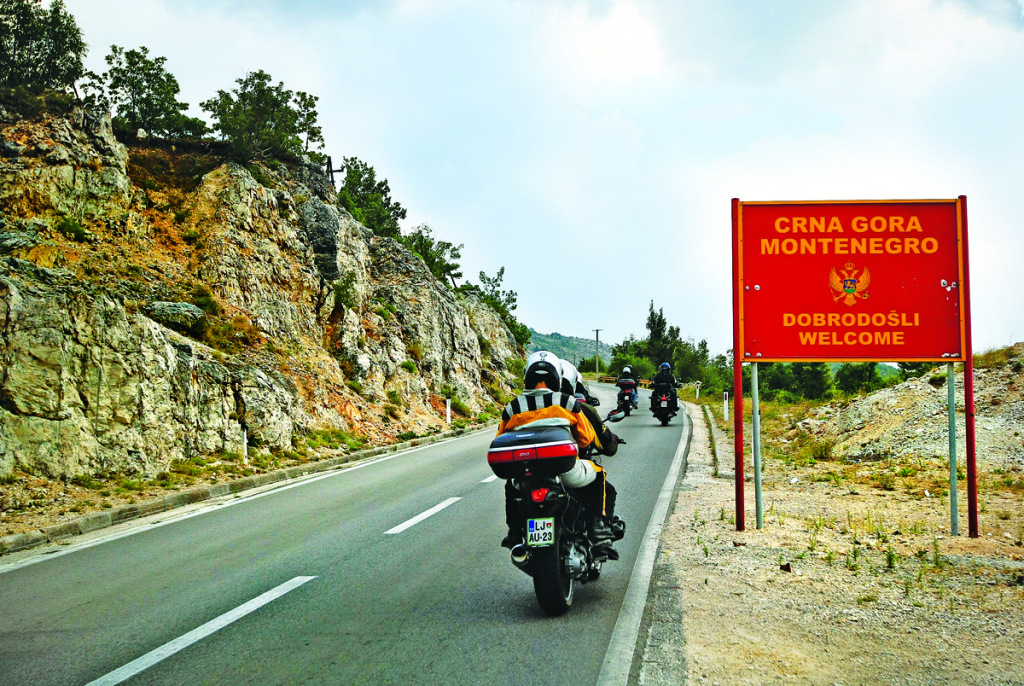
The riding was nothing short of spectacular, the sights fantastic. On Day 1 we rode along the Krka River, into Croatia and through the Dinaric Alps to Plitvice Lakes National Park, one of six UNESCO World Heritage Sites we visited. Plitvice has a network of 16 lakes, interconnected by a descending series of waterfalls over natural travertine dams, explored by hiking gravel pathways and wooden bridges over and alongside the brilliant blue-green water.
On Day 2 we crossed into Bosnia and Herzegovina and got our first glimpse of the Yugoslav Wars’ destruction. In Ostrelj, a former ski resort, we rode past war-ravaged homes yet to be rebuilt by Serbians who fled the area. Our tour guide Rozle gave us an insightful history lesson on how the wars started and the impact they had on families and communities caught in the middle. On our way to Sarajevo, through a craggy karst limestone valley, we rode past tiny villages with buildings pock-marked by bullets and grenades. Slowly but surely families had rebuilt their homes and their lives, the many cemeteries with bright-white grave markers serving as a reminder of the recent past.
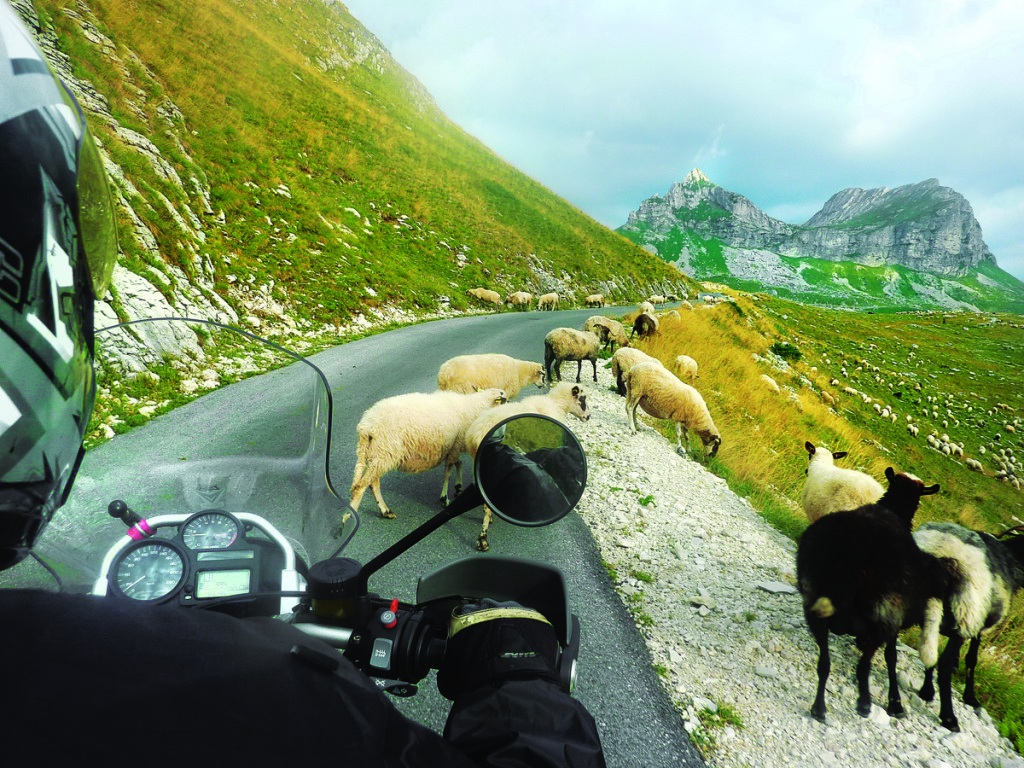
Our first rest day was in the ancient city of Sarajevo, the focus of global attention in the 20th century as the site of Archduke Ferdinand’s assassination in 1914, triggering World War I, as the host city of the Winter Olympics in 1984, and as a perilous war zone during its heavily televised siege in 1992-1995. Also known as the “Jerusalem of Europe,” Catholic, Orthodox, Jewish and Muslim adherents have coexisted in Sarajevo for centuries. A vibrant woman named Berina gave us an engaging tour of the city, including the tunnel used during the siege to bring in humanitarian supplies and allow the infirm to leave. She shared a touching story about being a child when the siege of Sarajevo began, the perseverance of families through years of shelling and sniper fire, and her own escape through the tunnel after developing a stress-related illness. Just as the city has since experienced a renaissance, Berina went on to earn her law degree and now works at an embassy. Our hotel was in the heart of the city, within steps of Baˇsˇcarˇsija, the old Turkish bazaar lined with coffee shops and stores selling handmade copper goods, rugs and lamps.
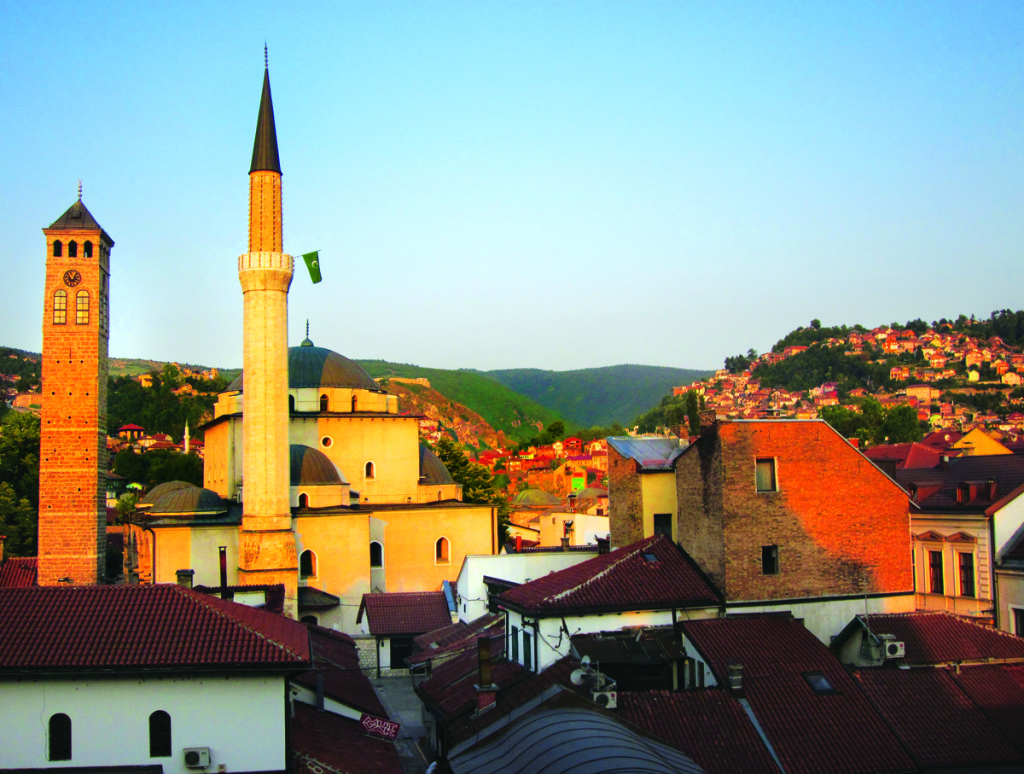
Riding up and over the mountains that surround Sarajevo, we passed through Sutjeska National Park, home of one of Europe’s last remaining primeval forests. Since arriving in Ljubljana several days earlier, we’d been battling oppressive heat as record-high temperatures swept through Europe. Riding through heavily wooded mountains brought only minor relief, and from Sutjeska we “descended into hell,” as Rozle put it, entering the Neretva river valley on our way to Mostar. The city is best known for the Stari Most, or Old Bridge, built in 1566 under the orders of Ottoman ruler Suleiman the Magnificent. After being destroyed by the Croatian army in 1993, it was rebuilt and honored as a UNESCO World Heritage Site.
Days 6 and 7 were among the tour’s most memorable. After crossing into Montenegro, we turned north toward Lake Piva and ascended into the rugged Pivska Mountains on a road that’s a 9.8 on the Epic Scale. Barely a lane wide, it zigzagged steeply upward, with hairpin tunnels crudely hacked through limestone cliffs. Upon reaching the top, we wound our way through idyllic green pastures dotted with sheep, cows and the men who herd them. Our already blown minds really fried their circuits when we crossed into Durmitor National Park, a UNESCO World Heritage wonderland featuring dozens of 2,000-meter peaks, glacial lakes and jawdropping vistas—a place that only the lens of Ansel Adams could do justice. The next day we descended through the stunning Tara River Canyon, which at 1,300 meters from rim to river is the deepest in Europe, and eventually made our way to the Adriatic Sea.
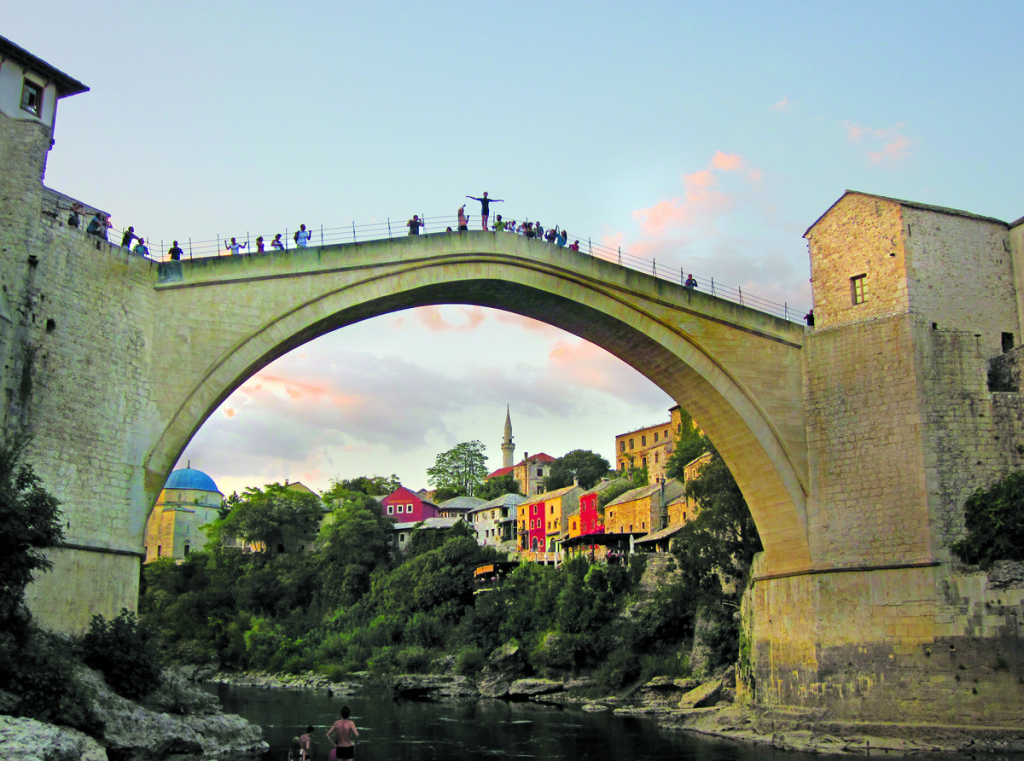
The eastern Adriatic coast was formed by an offshoot of the Dinaric Alps, creating majestic, rocky mountains that plunge into the sea and an endless string of oddly shaped islands surrounded by stunningly blue water. We visited impressive medieval cities hidden behind fortress walls designed to repel seafaring enemies, including Kotor, Dubrovnik and Trogir, UNESCO sites all. Our second rest day was in Dubrovnik, where we walked along the top of the city’s ramparts and enjoyed a cooling dip in the sea. Being there in early September, we shared the roads with late-season vacationers. Whereas some inland areas of the Balkans remain economically depressed, tourism has revitalized much of the Adriatic coast, offering the look and feel of the French or Italian Riviera at a fraction of the cost.
Our island-hopping began with a ferry ride to Hvar Island for another rest day at a seaside resort, followed by a night at a vineyard on Pag, an island well known for its salt production and sheep’s milk cheese. Beating the car traffic off the Pag ferry, we strafed a perfectly paved stretch of rugged Dalamatian coastline, made even more enjoyable by the fact that the heat wave had broken! Turning inland toward Slovenia, the traffic lessened and the riding continued to impress until the very end. Regardless of the detail in your GPS or map, you can’t fully appreciate an area’s topography until you see it firsthand. The unfamiliar curves, the unexpected vistas, the unknowns around every corner keep the excitement needle pegged. Blue skies or clouds, early morning or late-afternoon light, even the lingering taste of lunch in your mouth—every detail contributes to the sum total of the experience.
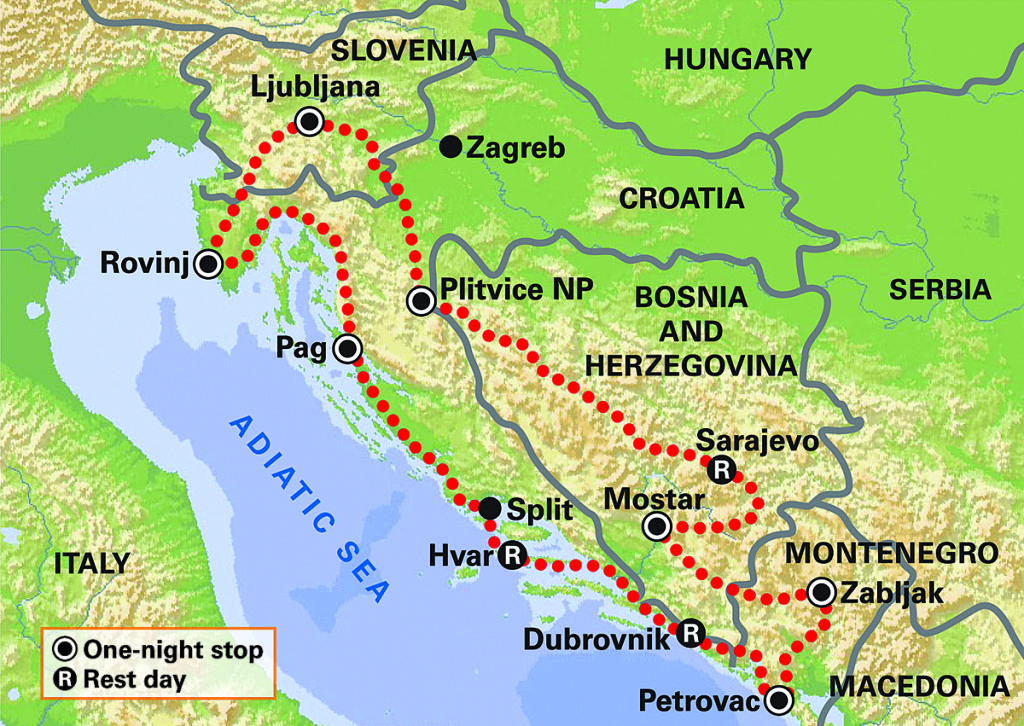
Attention to detail is a strength of Adriatic Motorcycle Tours. The itinerary for this tour was meticulous, with every coffee, lunch and gas stop planned in advance (and programmed into the GPS), leaving us free to focus on the roads and the sights, or to easily do our own thing and rejoin the group later. It offered a wide-ranging, authentic experience without shying away from the region’s recent, war-torn past. Accommodations were comfortable and unique, and all dinners were at nearby restaurants with full access to the menu, offering a real taste of local meat-or-fish fare. From an insider’s depth and familiarity with every aspect of the tour, to delivering our luggage to our rooms before we arrived each afternoon, tour guides Rozle and Klemen worked tirelessly and took care of us like family, including cake and champagne to celebrate anniversaries and birthdays during the tour! This tour certainly whetted our appetites for what the Balkans has to offer, and we hope to go back for more.
Adriatic Motorcycle Tours offers motorcycle rentals, guided tours and self-guided tours from its base in Slovenia. For more information, visit adriaticmototours.com.

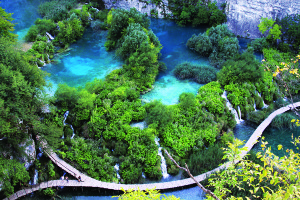
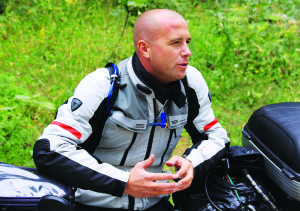
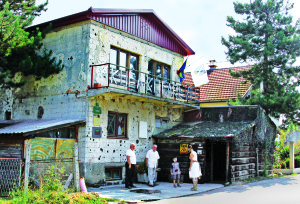
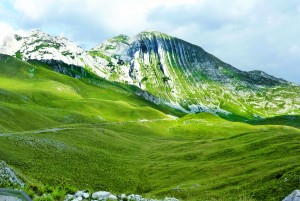

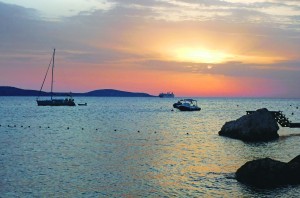
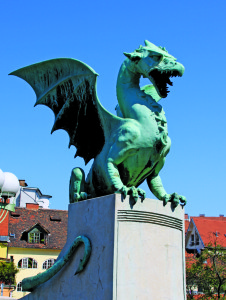









It would have been even better if you made some effort to get in touch with the LOCAL bikers prior to your trip